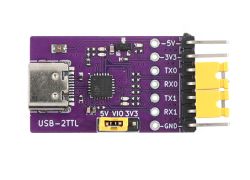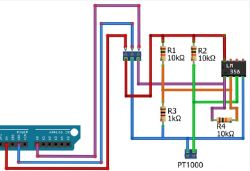Hello,
I need to move a light switch to another wall without pulling a new installation. I want to install a receiver controlled by a wireless switch in place of the current switch. The problem is that I can only find receivers that require a separate power supply, and there are only two wires in the switch box whose short circuit turns on the lamp and a separate power supply I am unable to provide.
My question is: do such solutions exist? Where can I find such a thing?
Thanks for your help. Regards.
I need to move a light switch to another wall without pulling a new installation. I want to install a receiver controlled by a wireless switch in place of the current switch. The problem is that I can only find receivers that require a separate power supply, and there are only two wires in the switch box whose short circuit turns on the lamp and a separate power supply I am unable to provide.
My question is: do such solutions exist? Where can I find such a thing?
Thanks for your help. Regards.




